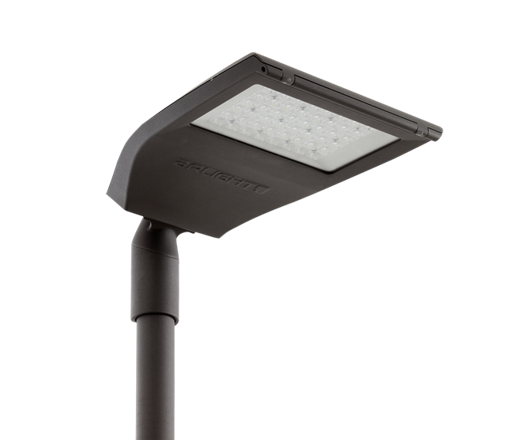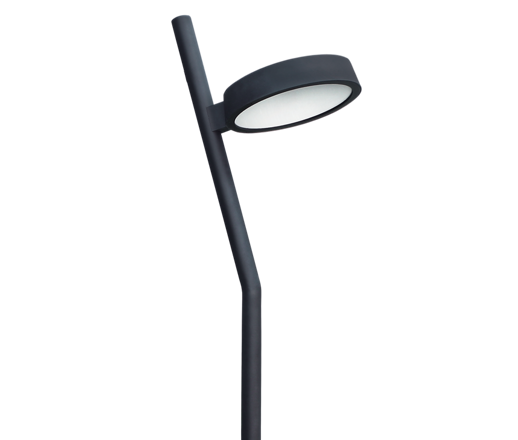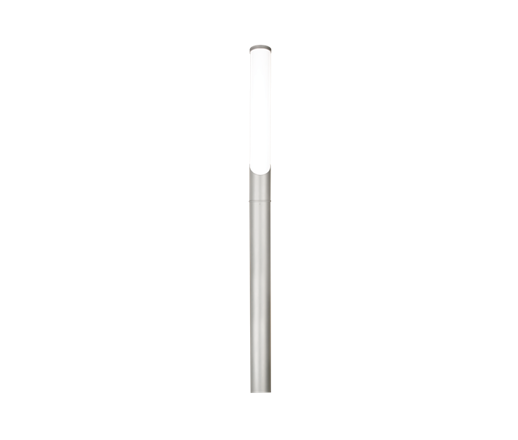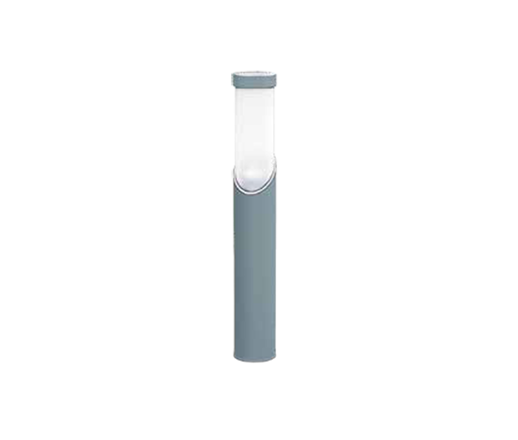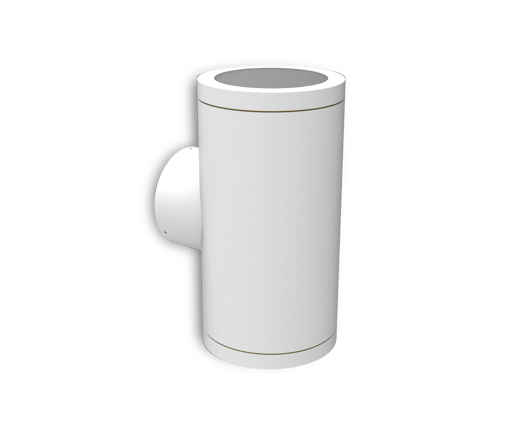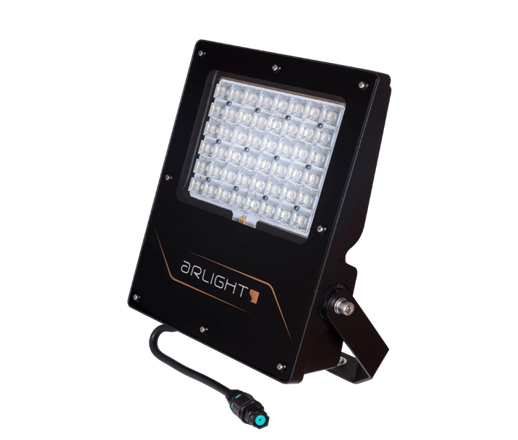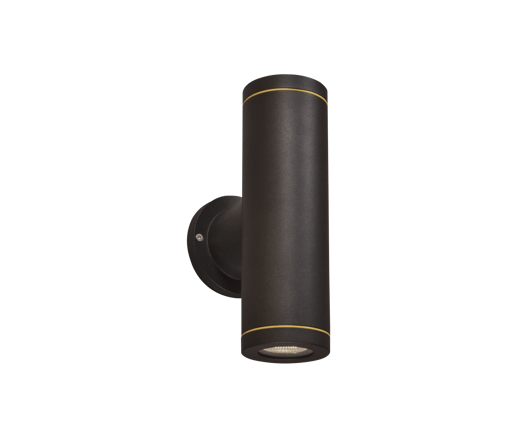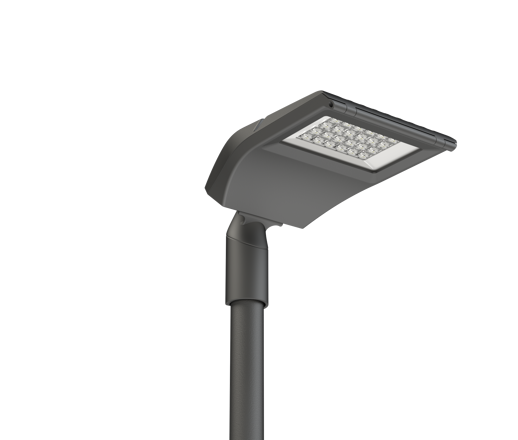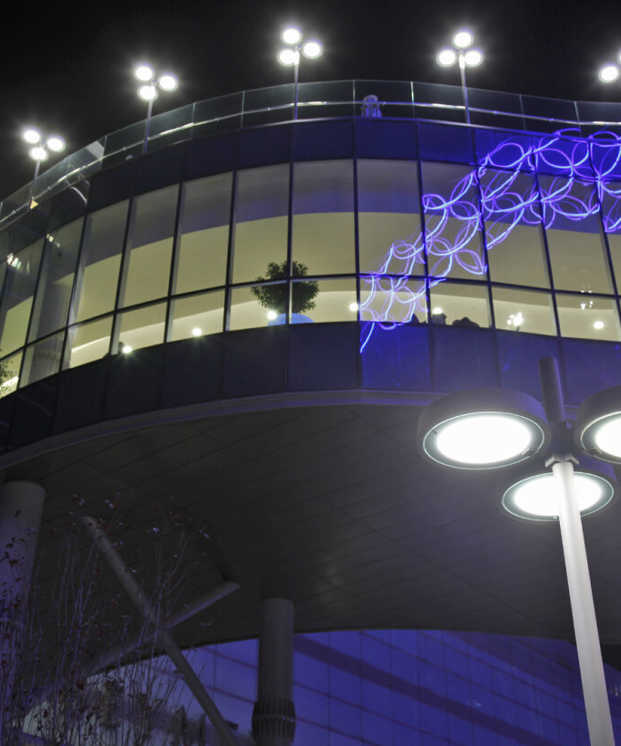
Park and Garden Lighting
In park and garden lighting, lighting design should be made considering safety, aesthetics and energy saving issues.
The purpose of park lighting is to provide users with rest, entertainment, etc. In addition to providing opportunities, it also contributes to urban aesthetics. Parks that are adequately and homogeneously illuminated will not only make park users feel safe by perceiving the environment easily, but also will enable these public spaces to be used more with the guiding and eye-catching effect of the lighting.
To save energy in park lighting, using high-efficiency LED light source lighting fixtures would be a good choice. By equipping these lightings with smart lighting systems, lighting levels can be gradually reduced as the night progresses, thus providing more energy savings. When choosing light sources, long-lasting ones with high luminous flux and efficiency should be chosen in terms of energy efficiency, ease of maintenance and use.
In order for illuminated objects and surfaces to appear in their true colors, light sources must have high color rendering values. Light cold colored light sources (5000-6000K) can be used to illuminate green elements. The light intensity distribution of lighting devices should not create glare and light pollution, and the devices should be placed in appropriate locations. Lighting devices and the elements carrying them should be selected to be resistant to external conditions and impacts.
Pedestrian Walkway

- Average Lux Level≥ 7,5
- Homogeneous Value≥ 0,25
- Glare Value≤ 50
Seating Area

- Average Lux Level≥ 7,5
- Homogeneous Value≥ 0,25
- Glare Value≤ 50
Children's Play Area

- Average Lux Level≥ 15
- Homogeneous Value≥ 0,25
- Glare Value≤ 50
Exercise Area

- Average Lux Level≥ 15
- Homogeneous Value≥ 0,25
- Glare Value≤ 50
